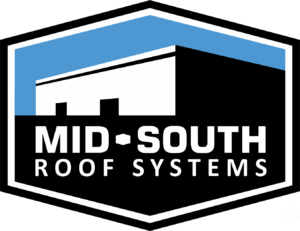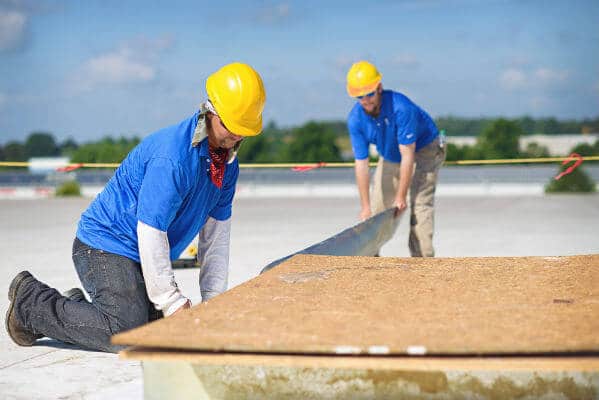Defend Your Investment: 4 Membrane Considerations For Better Roofing ROI


When installing or updating the roof of a commercial building, owners and property managers must consider the roof’s membrane – and how it impacts their investment. The right choice in membrane – as well as the potential upgrades and additional materials – determine the difference between a resistant, long-lasting roof and one that costs thousands in revenue expenditures due to premature deterioration. To help stabilize their P&L, managers should contemplate the following four aspects of membranes as part of the capital expenditures for this project.
1. Membrane Thickness: Upgrade to 60-Mil
Though membranes are available in a 45-Mil format, upgrading to the thicker 60-Mil membrane provides considerable benefits that outweigh the additional material costs. 60-Mil membranes typically increases expenses by approximately 5% of the total building cost, but increase the roof’s lifespan by up to 33%. The durability of the thicker membrane increases its resistance to traffic, UV damage, chemicals, and other hazards. Because of the combination of high performance and value, 60-Mil membrane is the choice for the majority of facilities managers overseeing modern buildings.
2. Cover board: Reinforce The Membrane
An array of factors, from hail to dropped tools, can cause punctures in a single-ply membrane, no matter its thickness. Installing a cover board reinforces and strengthens the membrane, making it far more difficult to penetrate. Additionally, the cover board protects the insulation beneath.
However, cover boards vary greatly: from high thermal to low vapor permeability, fire-retardant to foil faced, there are extensive options to choose from. Selecting the appropriate type of cover board will substantially affect the roof’s durability, energy efficiency, and lifespan, as well as the cost of materials and installation.
3. Walk Pads: Prevent Punctures From Maintenance Crews
Walk pads are a worthwhile investment as a supplementary layer of protection between the roof and the activities on its surface. Membranes can abide frequent foot traffic from workers and maintenance crews, but the simple and effective addition of walk pads can protect against the potential punctures from the workers’ tools, debris, and machinery. In addition, they ensure adequate traction for personnel, reducing their risk of injury during maintenance operations.
4. Sustainability: Choose The Right Membrane, Reduce Energy Expenses
The type of membrane can significantly impact the building’s energy consumption and costs by supporting temperature control as it reflects or absorbs light. For example, TPO membranes work to reflect away light in hot, southern climates, thereby reducing cooling costs. Conversely, the insulation properties of EPDM membranes make them the more appropriate choice for cooler northern temperatures.
Large property assets always involve balancing capital versus revenue expenditures. Protect the building, prolong the roof’s lifespan, and reduce the unpredictable costs of avoidable repair and maintenance by investing in a thick, reinforced and protected membrane that reduces energy consumption. Upgrading the membrane requires relatively small up-front increases to the capital expenditures, but this leads to predictable spending accuracy and long-term savings. By selecting the right membrane, property managers have better control over their margins and therefore, their profits.
LIKE WHAT YOU JUST READ?
Sign up for our newsletter to get fresh articles, updates and more!
Assess, Report and Decide: Get to Know Your New Building’s Roof
If you’re considering buying a new building, the very first item on your list should be to get an assessment of the roof’s condition. This analysis can prevent surprises down the line and—if the roof needs work—it can have a dramatic effect on the price you wind up paying for the building.
Why You Need A Roofer Onsite When You Install Your HVAC System
It’s common to place the heating, ventilating and air conditioning (HVAC) systems for large buildings on the roof. A successful rooftop HVAC installation usually involves the collaboration of an entire team of workers, so that issues related to the roof, structures, electrical and HVAC can be discussed beforehand. If an HVAC system is not coordinated…


